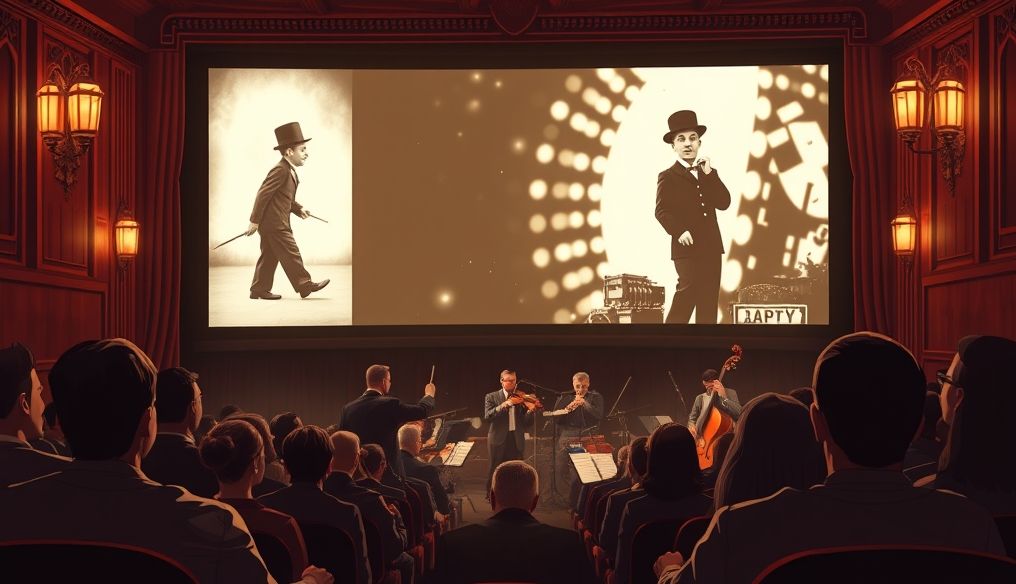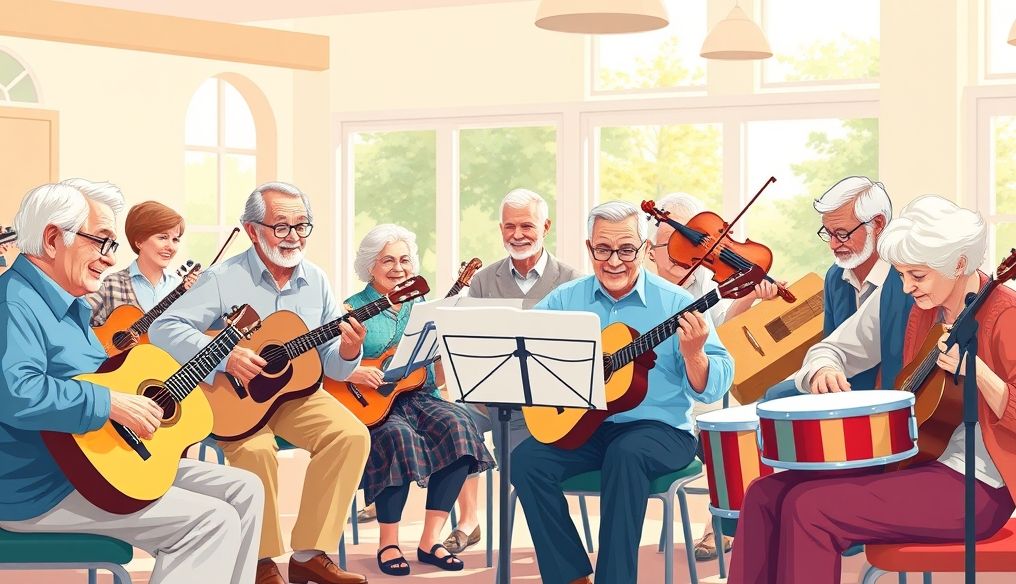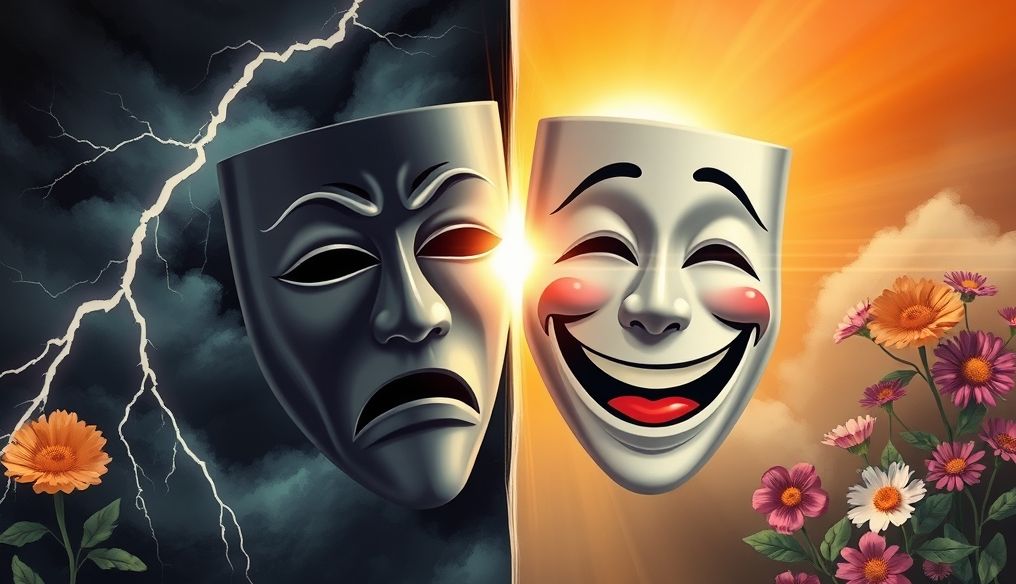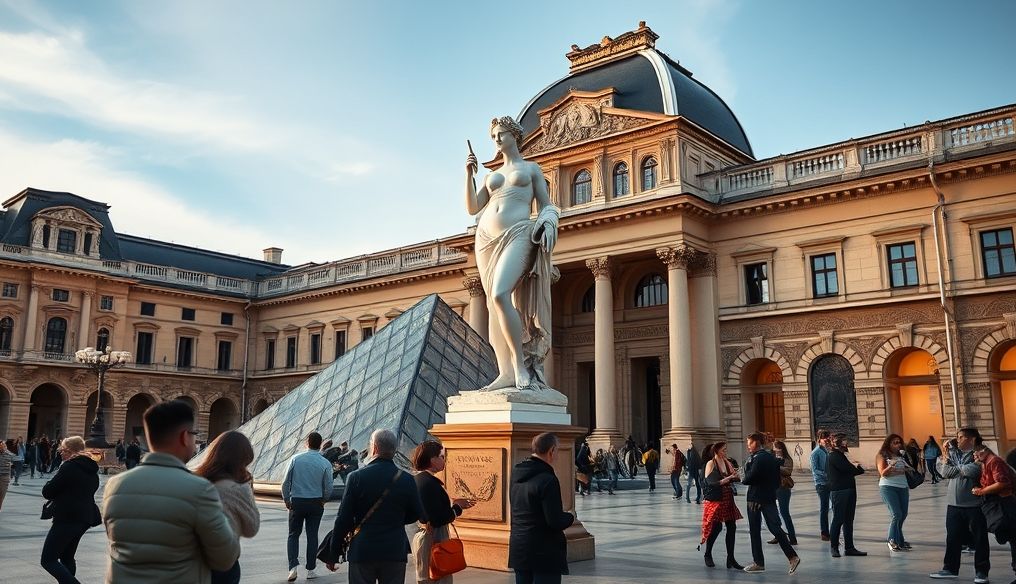Introduction: The Golden Age of Silence
Silent films, which flourished from the late 19th century to the late 1920s, represent a unique era in the history of cinema. In the absence of spoken dialogue, directors and actors relied on other expressive means to convey the story and emotions to the audience. Silent films were not just "films without sound," but a standalone art form, characterized by its own aesthetics and creative challenges.
Chapter 1: The Birth of Silent Cinema
Cinema was born in the late 19th century, and it was inherently silent. The technology needed to record sound and integrate it with the image was not yet available. However, this did not prevent the early pioneers from exploring the possibilities of this new medium. From the Lumière brothers' short films to Georges Méliès' fantastical films, silent cinema began to shape its own language.
- Lumière Brothers: Considered among the first to film and exhibit movies.
- Georges Méliès: A pioneer of special effects and fantasy stories in cinema.
Chapter 2: The Evolution of Narrative Techniques
In the absence of dialogue, silent filmmakers had to develop innovative narrative techniques. They relied heavily on body language, facial expressions, camera movements, and musical scores to convey emotions and information. Title cards were used intermittently to present dialogue or explain events, but the focus was always on the image.
Key Narrative Techniques Used:
- Exaggerated Body Language: To express emotions clearly.
- Dramatic Facial Expressions: To convey the inner feelings of characters.
- Dynamic Camera Movements: To create excitement and suspense.
- Expressive Musical Scores: To set the mood of the film.
Chapter 3: Stars of the Silent Era
A number of stars emerged in the silent film era who became global icons. Among the most famous are Charlie Chaplin, Buster Keaton, Rudolph Valentino, and Greta Garbo. These stars were distinguished by their ability to communicate with the audience through body language and facial expressions, and they became symbols of comedy, drama, and romance.
"Comedy is a tragedy that happens to other people." - Charlie Chaplin
Chapter 4: The Impact of Charlie Chaplin
It is impossible to talk about silent cinema without mentioning Charlie Chaplin. With his famous "Tramp" character, Chaplin was able to create a touching human comedy that transcends linguistic and cultural barriers. His films like "The Kid" and "The Gold Rush" are considered classics of world cinema.
Chaplin's influence extends beyond silent cinema, as he has inspired many actors and directors around the world.
Chapter 5: Types of Silent Films
Silent films were not limited to one genre, but included a variety of genres, including comedy, drama, romance, adventure, and science fiction. Each of these genres used its own narrative techniques to create a unique cinematic experience.
- Comedy: Focuses on laughter and humorous situations.
- Drama: Explores deep human emotions and moral conflicts.
- Romance: Depicts love stories and human relationships.
- Adventure: Takes viewers on exciting and dangerous journeys.
- Science Fiction: Imagines futuristic worlds and advanced technologies.
Chapter 6: The End of the Silent Era
In the late 1920s, talking films emerged, leading to the end of the silent film era. However, silent films did not disappear completely, but continued to exist as an independent art form, and greatly influenced the development of modern cinema.
Chapter 7: The Legacy of Silent Cinema
Silent films left a rich legacy for modern cinema. They established many of the narrative techniques and directing styles that we rely on today. They also showed the power of the image and its ability to communicate with the audience regardless of language.
Key Aspects of the Legacy of Silent Cinema:
- Development of Visual Cinema Language: Focusing on the image as a primary means of expression.
- Highlighting the Importance of Physical Acting: Using body language and facial expressions to convey emotions.
- The Impact of Musical Scores: Using music to create the mood and enhance the story.
- Innovation of New Directing Techniques: Using camera movements and editing to create excitement and suspense.
Chapter 8: Silent Cinema in the Modern Era
Although talking films are prevalent today, silent cinema is still appreciated and given attention. Modern silent films are produced from time to time, and many talking films use elements of silent cinema, such as focusing on the image and musical score.
Films like "The Artist" in 2011, proved that silent cinema is still capable of attracting audiences and achieving commercial and artistic success.
Conclusion: Silent Cinema - A Continuing Story
Silent films are not just a chapter from the past, but an integral part of the history of cinema. They laid the foundation for modern cinema language, and inspired many directors and actors around the world. Silent cinema will always remain a reminder of the power of the image and its ability to communicate with the audience regardless of language.




